The Integrative Development of Cultural Tourism Industry in the Areas along Sichuan-Tibet Railway from the Perspective of Field: Based on the Cultural Reproduction Theory
DOI: 10.23977/tmte.2023.060206 | Downloads: 48 | Views: 1902
Author(s)
Kefan Li 1
Affiliation(s)
1 Southwestern University of Finance and Economics, Chengdu, Sichuan, China
Corresponding Author
Kefan LiABSTRACT
Sichuan-Tibet Railway, the second railway into Tibet built by China after the Qinghai-Tibet Railway, is an important bond of the "eight vertical and eight horizontal" high-speed railway network in China, which is of great significance to the economic development along the line. This paper based on the field perspective of reproduction theory as well as the actual development of the cultural tourism industry along the Sichuan-Tibet Railway, this paper will provide practical theoretical recommendations for the integrative development of the cultural tourism industry along the Sichuan-Tibet Railway.
KEYWORDS
Cultural Reproduction; Cultural Tourism Industry; Field; Sichuan-Tibet RailwayCITE THIS PAPER
Kefan Li, The Integrative Development of Cultural Tourism Industry in the Areas along Sichuan-Tibet Railway from the Perspective of Field: Based on the Cultural Reproduction Theory. Tourism Management and Technology Economy (2023) Vol. 6: 37-41. DOI: http://dx.doi.org/10.23977/tmte.2023.060206.
REFERENCES
[1] Tang Zhihong. Leveraging the Sichuan Tibet Railway to Build the Rural Revitalization Corridor [J]. Rural Revitalization, 2021, No.25 (01): 37-38
[2] Yang Minjie. Analysis and Prediction of the Impact of the Sichuan Tibet Railway on the Social and Economic Development of Tibet [D]. Southwest Jiaotong University, 2020.
[3] Gan Junwei, Yang Long, Li Jinjun. A Study on the Factors Influencing the Competitiveness of Sichuan Tibet Tourism Industry Based on DEMATEL [J]. Resources and Environment in Arid Areas, 2017,31 (03): 197-202.
[4] Zhao Yuyan. Cost Management and Control of Engineering Projects in Petrochemical Construction Enterprises [J]. Chemical Management, 2017, No. 435 (01): 114
[5] Wang H. S., Han Y. J., & Liang Q. C. Habitat Dilemma and Elimination Path of Traditional Sports Culture Development of Ethnic Minorities [J]. China Sport Science, 2019, 39(07): 33-44.
[6] Liu S. Tension between Symbolic Power and Public Concept in Museum Field: An Investigation Based on Bourdieu's Theory of Cultural Reproduction [J]. Southeast Culture, 2022, (01): 165-170.
[7] Zhang G. Q., A R. N., & Song H. Y. Logical Analysis of the Integration of Cultural Tourism in Ethnic Tourism Fields: Rethinking Based on the Nature of Tourism [J/OL]. Resource Development & Market: 1-10 [2022-11-27].
[8] Zhao Y. Y. Anthropological Analysis of Symbol Construction of Tourist Attractions: A Case Study of "Mysterious Western Hunan" and "Mysterious Culture" [J]. Guangxi Ethnic Studies, 2011(02): 184-189.
[9] Wang N. Hebei: Vigorously Promoting All-for-one Tourism Development [N]. Hebei Daily, 2016-10-28.
| Downloads: | 14303 |
|---|---|
| Visits: | 473259 |
Sponsors, Associates, and Links
-
Information Systems and Economics
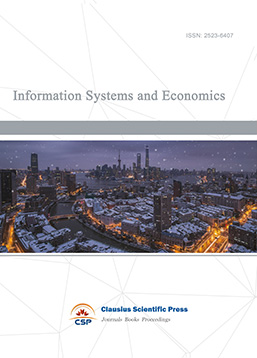
-
Accounting, Auditing and Finance

-
Industrial Engineering and Innovation Management

-
Journal of Computational and Financial Econometrics
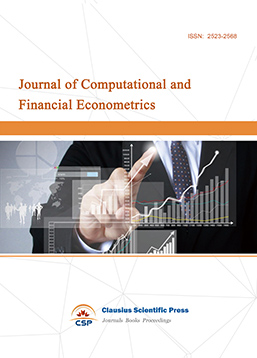
-
Financial Engineering and Risk Management

-
Accounting and Corporate Management

-
Social Security and Administration Management

-
Population, Resources & Environmental Economics
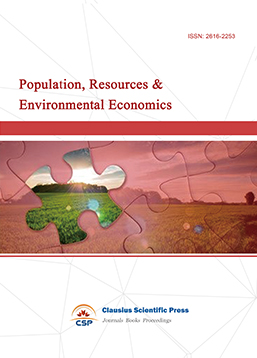
-
Statistics & Quantitative Economics

-
Agricultural & Forestry Economics and Management
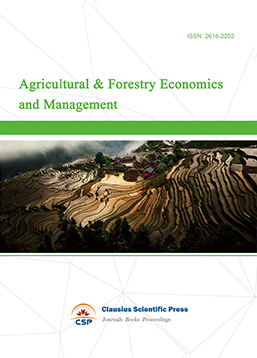
-
Social Medicine and Health Management

-
Land Resource Management
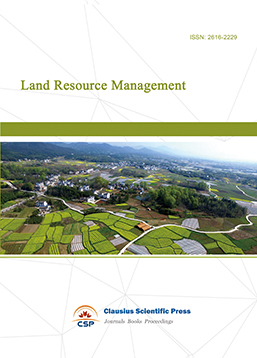
-
Information, Library and Archival Science
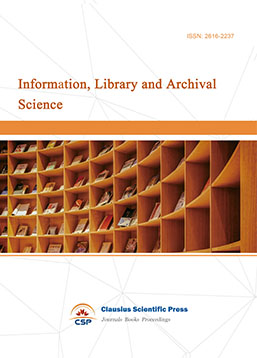
-
Journal of Human Resource Development
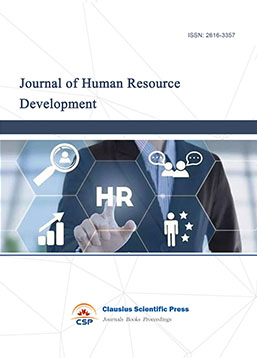
-
Manufacturing and Service Operations Management

-
Operational Research and Cybernetics


 Download as PDF
Download as PDF